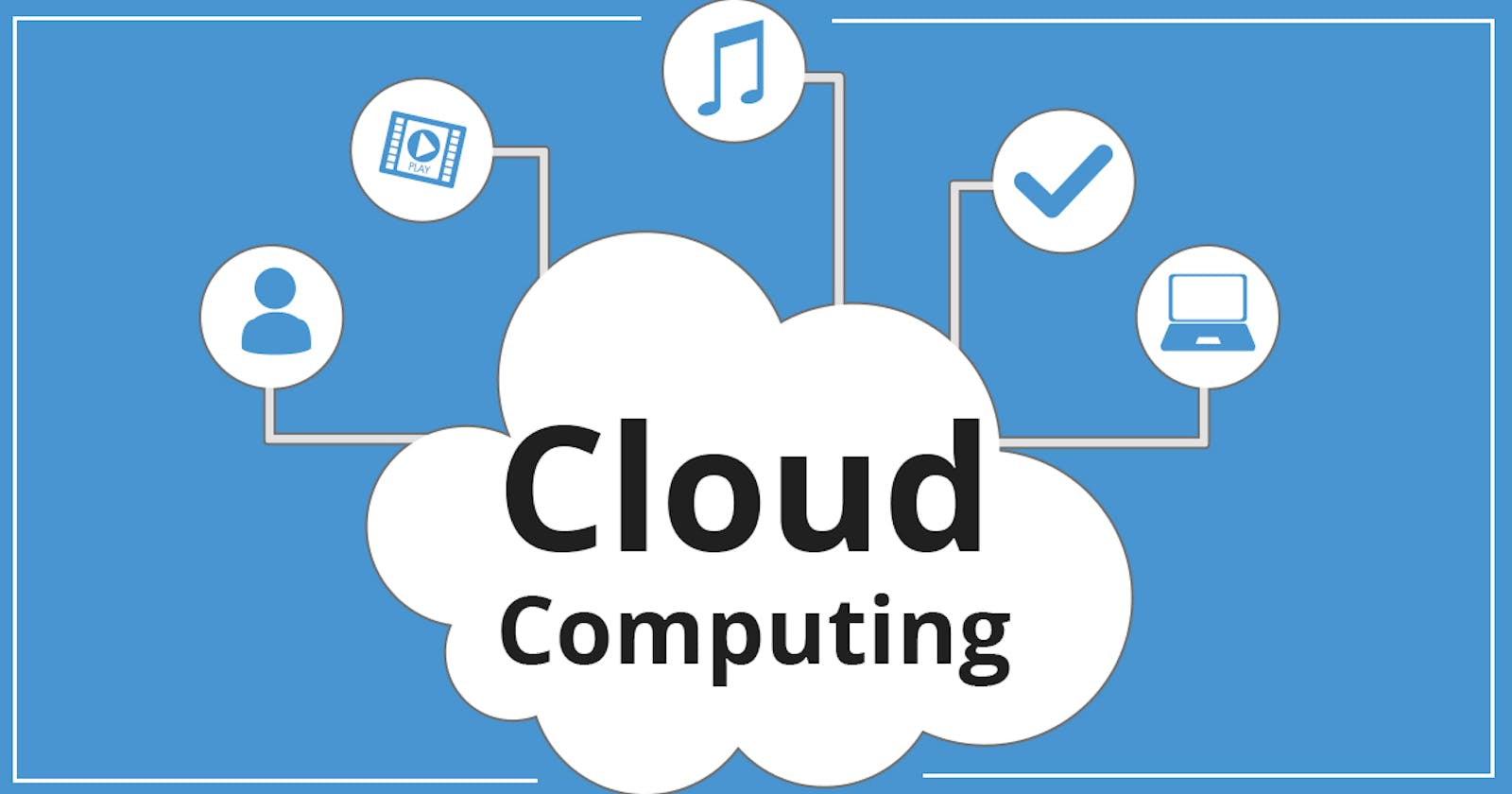Cloud Computing is the on-demand delivery of computing power, database storage, applications, and other IT resources through a cloud services platform via the internet with Pay-as-you-go pricing. Whether you are running applications that share photos with millions of mobile users or you’re supporting the critical operations of your business, a cloud services platform provides rapid access to flexible and low-cost IT resources. With Cloud computing, you don’t need to make large upfront investments in hardware and spend a lot of time on the heavy lifting of managing that hardware. Instead, you can provision exactly the right type and size of computing resources you need to power your newest bright idea or operate your IT department. You can access as many resources as you need, almost instantly, and only pay for what you use.
Cloud computing provides a simple way to access servers, storage databases, and a broad set of application services over the internet. A cloud service platform such as Azure, GCP, AWS, IBM Cloud, Alibaba cloud, et al. maintains the network-connected hardware required for these applications services, while you provision and use what you need via a web app.
Types of Cloud Computing:
Cloud computing is providing developers and IT departments with the ability to focus on what matters most and avoid undifferentiated work like procurement, maintenance, and capacity planning. There are several different deployment strategies and models have emerged to help meet the specific needs of different users. Each type of cloud service and deployment method provides different levels of control, flexibility, and management.
Infrastructure as a Service (IaaS): Infrastructure as a service, sometimes abbreviated as IaaS, contains the basic building blocks for cloud IT and typically provides access to networking features, computers, and data storage space. Infrastructure as a Service provides you with the highest level of flexibility and management control over your IT resources and is most similar to existing IT resources that many IT departments and developers are familiar with today.
Platform as a Service (PaaS): Platforms as a service remove the need for organizations to manage the underlying infrastructure (usually hardware and operating systems) and allow you to focus on the deployment and management of your applications. This helps you be more efficient as you don’t need to worry about resource procurement, capacity planning, software maintenance, patching, or any of the other undifferentiated heavy lifting involved in running your application.
Software as a Service (SaaS): Software as a Service provides you with a completed product that is run and managed by the service provider. In most cases, people referring to Software as a Service are referring to end-user applications. With a SaaS offering, you do not have to think about how the service is maintained or how the underlying infrastructure is managed; you only need to think about how you will use that particular piece of software. A common example of a SaaS application is web-based email where you can send and receive email without having to manage feature additions to the email product or maintaining the servers and operating systems that the email program is running on.
Deployment Models:
Cloud: A cloud-based application is fully deployed in the cloud and all parts of the application run in the cloud. Applications in the cloud have either been created in the cloud or have been migrated from an existing infrastructure to take advantage of the benefits of cloud computing. Cloud-based applications can be built on low-level infrastructure pieces or can use higher-level services that provide abstraction from the management, architecting, and scaling requirements of core infrastructure.
Hybrid: A hybrid deployment is a way to connect infrastructure and applications between cloud-based resources and existing resources that are not located in the cloud. The most common method of hybrid deployment is between the cloud and existing on-premises infrastructure to extend, and grow, an organization’s infrastructure into the cloud while connecting cloud resources to the internal system.
On-premises: The deployment of resources on-premises, using virtualization and resource management tools, is sometimes called the “private cloud.” On-premises deployment doesn’t provide many of the benefits of cloud computing but is sometimes sought for its ability to provide dedicated resources. In most cases, this deployment model is the same as the legacy IT infrastructure while using application management and virtualization technologies to try and increase resource utilization.
